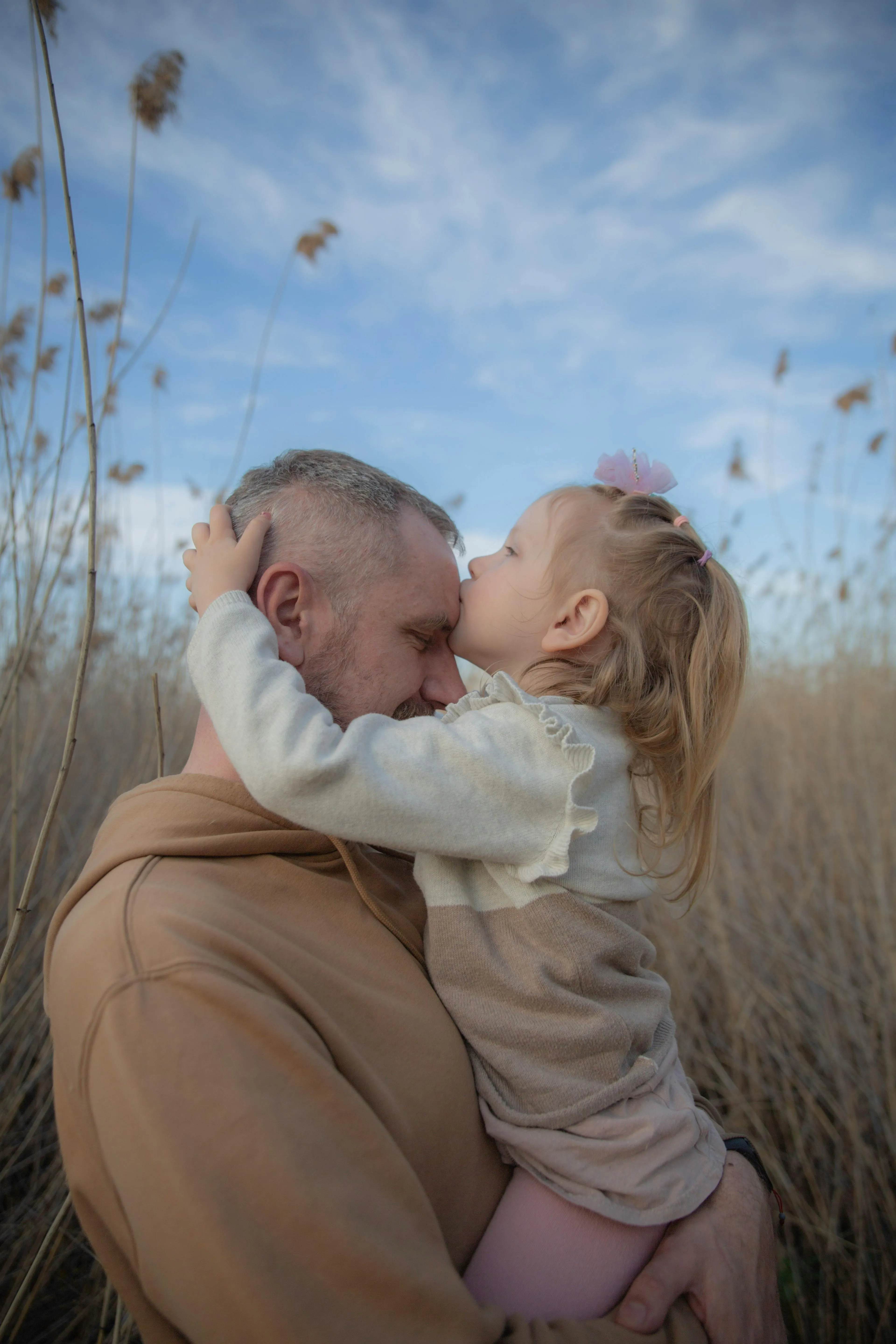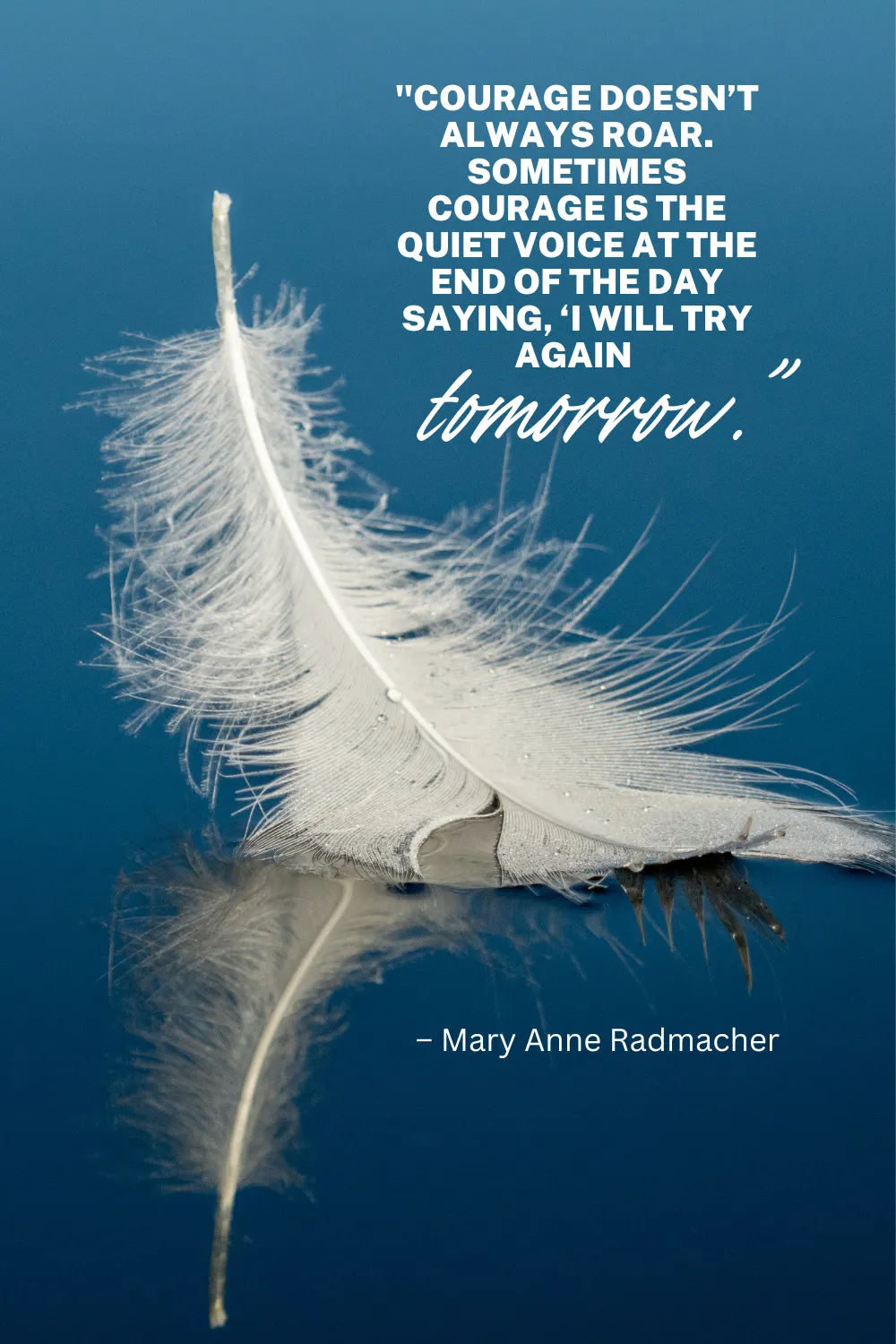From Surviving to Thriving: Ending Abuse in Your Blended Family
Abuse in remarriage is devastating but you can still overcome. Discover how to recognize abuse, seek help, and rebuild trust in your blended family with expert advice from Brenda K. Baker.
Breaking the Cycle of Abuse in Your Second Marriage

If you’re in a second marriage and facing abuse, the first step to healing is honesty—calling the situation what it truly is: abuse. Abuse is more than just a bad argument or a rough patch; it’s a harmful misuse of power and trust, and it cannot be ignored.
I’m Brenda K. Baker, and I’ve walked the painful road of abuse in my first marriage. I’ve been there—emotionally, physically, verbally, financially, and even sexually abused. But I’ve also come out on the other side, and I’m here to tell you that you can too. Whether you're facing challenges as a stepparent, navigating remarriage, or working to create a safe home in a blended family, you are not alone.
Recognizing Abuse in Your Second Marriage
Abuse in remarriage doesn’t always look the same. It can be physical, like a spouse laying hands on you in anger. It can be verbal, like constant criticism or belittling. It can be financial where there is money for the spouse to go out and do or buy what they want but you and or your children's basic human needs are not provided for. It can even be sexual, involving coercion or force. Emotional abuse is another form, leaving scars that aren’t visible but hurt just as much.
In blended families, abuse often hides behind the chaos of co-parenting, ex-spouse drama, or unresolved baggage from past relationships. Many times, spouses brush off abusive behavior, thinking it’s normal or just part of the “growing pains” of remarriage. But abuse is not normal & it's never acceptable, and it’s crucial to recognize it early.
Steps to Stop Abuse and Reclaim Your Power
1. Acknowledge the Truth
You can’t heal from what you won’t admit. Take a hard look at your situation and be honest with yourself about what’s happening. Abuse thrives in silence and denial.

2. Build a Support System
You can’t escape abuse alone. Whether it’s trusted friends, family members, or professional advocates, having people in your corner is essential. Lean on those who see your worth and want to help.
3. Seek Resources
In blended families, finding help can feel overwhelming, but resources are out there. Call local shelters, support groups, or hotlines. Even a casual question to a trusted friend or community member can open doors you didn’t know existed.
4. Set Boundaries
If your spouse is abusive, establish firm, non-negotiable boundaries. If they cross those lines—verbally, physically, or emotionally—be prepared to take action, even if that means leaving temporarily or permanently.
5. Protect Your Kids
Abuse in a home affects more than just the victim—it deeply impacts children, too. They’re watching how you handle the situation and learning what relationships look like. Show them that abuse is not acceptable.
When to Leave and When to Stay
Sometimes, leaving is the safest option, even if it’s temporary. If you’re unsure whether to leave, consider these hard lines:
- Physical violence: If your spouse lays a hand on you in anger, it’s time to leave immediately.
- Financial abuse: If your spouse is overly controlling when it comes to money.
- Sexual coercion: No one has the right to force, hold you down, or manipulate you into intimacy.
- Verbal abuse: Words can wound as deeply as actions, and repeated emotional harm is abuse.
Reconciliation is possible, but only under strict conditions. Your spouse must show consistent, long-term changes in behavior, be held accountable by a counselor or mentor, and actively work on their issues. If children are involved, their safety and well-being must always come first.

The Cycle of Abuse and Its Impact on Kids
Children in abusive households are deeply affected. Boys learn that it’s acceptable to mistreat women, while girls grow up believing abuse is normal in marriage. By staying in or returning to an abusive situation without significant change, you risk perpetuating this cycle.
Breaking this cycle requires courage. Your children need to see you prioritize safety, respect, and love—for yourself and for them.
Hope for Healing

Stopping abuse in your second marriage is not an overnight process. Healing takes time, patience, and support. But I promise you, it’s worth it. Your remarriage can thrive, but it starts with creating a safe and loving environment for everyone in your blended family.
If you’re in an abusive marriage and don’t know where to turn, please contact me. I’ve been there, and I want to walk this journey with you.
You deserve a home filled with love, respect, safety, and peace.
Hugs,
Brenda
